The is the fourth in a series of posts about the Voigtlander 65 mm f/2 Apo-Lanthar macro lens. The series starts here.
I got a request to test the Apo-Lanthar against the Sony/Zeiss (Zony) 55mm f/1.8 Sonnar at macro distances, using extension tubes on the Sony/Zeiss lens. I’m still working out a good visual test at macro distances, but I thought that a comparison for a distant subject might be interesting.
It turns out to be less so that I thought it might be, but I’m going to show it to you anyway. I originally was going to include the Otus 55 mm f/1.4 lens, but I had a fight with a Novoflex adapter with an unmarked aperture ring for a G Nikon lens, and lost that fight. Maybe later.
Here’s the scene with both lenses wide open:
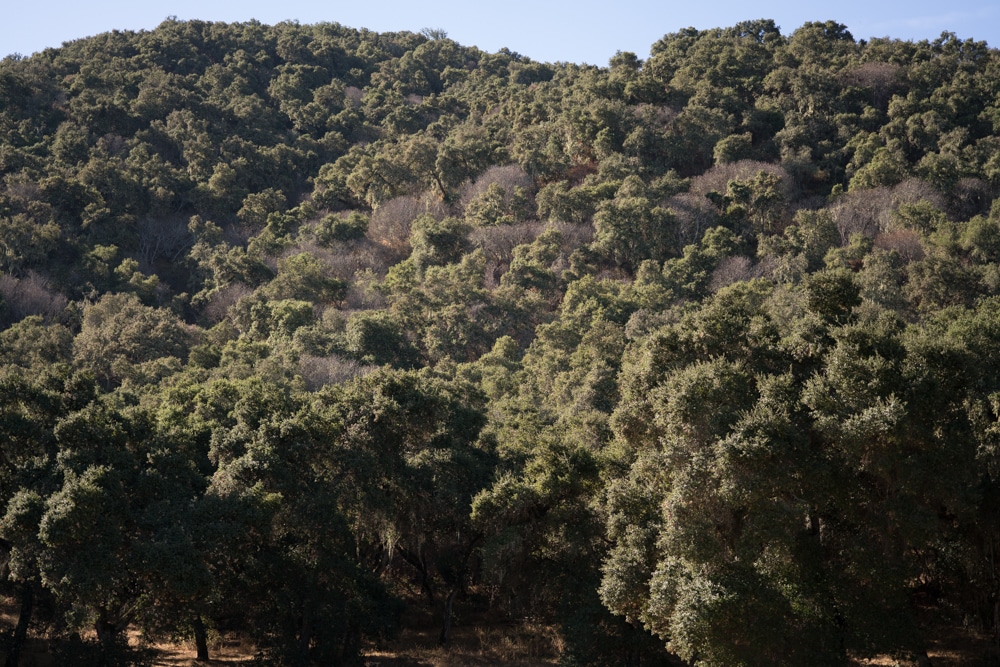

The trees in the center of the image are 240 meters from the camera. A few particulars:
- ISO 100
- EFCS on
- 2-second self-timer
- RRS heavy-duty legs
- Arca Swiss P0 Hybrid head
- Manual focus on the central trees, wide open for the Apo-Lanthar, at the taking aperture for the Zony
- Wide open through f/11 in whole-stop increments
- Lightroom development
- Lr default settings except WB set to Daylight
- Three series of images for each lens; pick the sharpest one
The Apo-Lanther was hard to focus because the helicoid is so fast. The Zony 55 was easy, thanks to the focus by wire firmware. The Apo-Lanthar was sufficiently sharper than the Zony 55 that I had to use different levels of peaking — medium for the Zony, low for the Apo-Lanthar — but that turned out to not make much difference in the captures.
I exported 306×237 pixel crops from the developed images as 700-pixel-high JPEGs. That means that the images are all heavily upsampled. The images here are 295% of their original size in both dimensions.
If you just want a rough idea of the differences, just look at the images as displayed in-line in the posts. However, if you wish to compare these images in detail, you should view these images by clicking on them to see the source files, then setting your browser for 100% zooming. Even better, download them and make Photoshop stacks.
No matter what you do, these crops are all going to look horrible. I’m blowing them up so much so that they will represent the original file after JPEG’s discrete cosine transform has had its way with them. If you want to get a good idea of what the images would look like printed, get far away from your monitor. No, farther than that. Put a bunch of the images up on the screen and back up until the best one starts to look good. Then look at the others. There’s another reason why these images won’t look like the best thing the camera/lens combination can deliver. They’re demosaiced with Lightroom. Lightroom is not awful, but for a particular image, there are usually better raw processors. I use Lr because it’s a de facto standard, because I know it well, and because it’s got good tools for dealing with groups of images.
At the focus point at f/2:
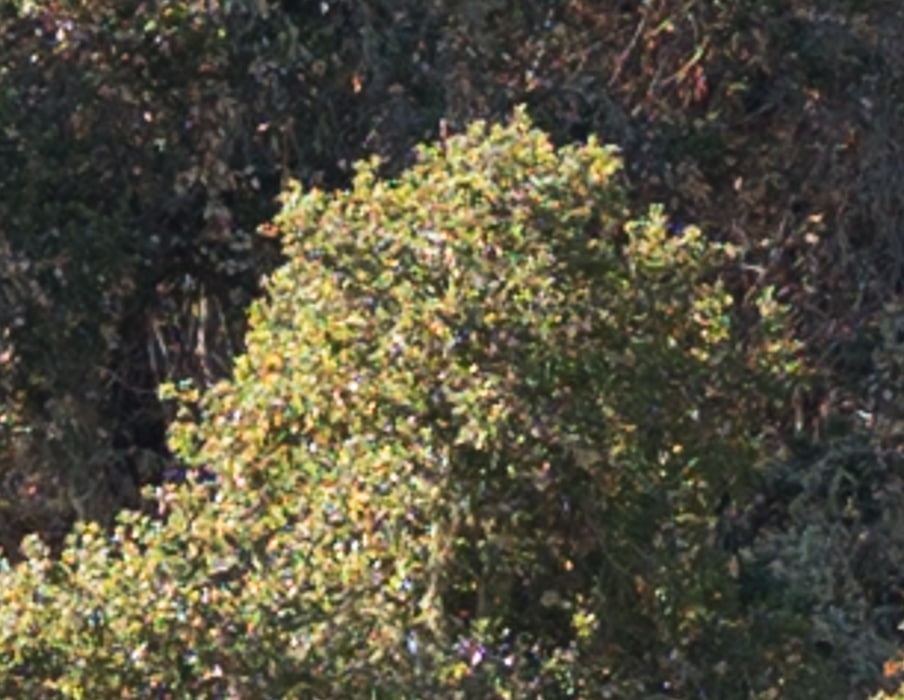
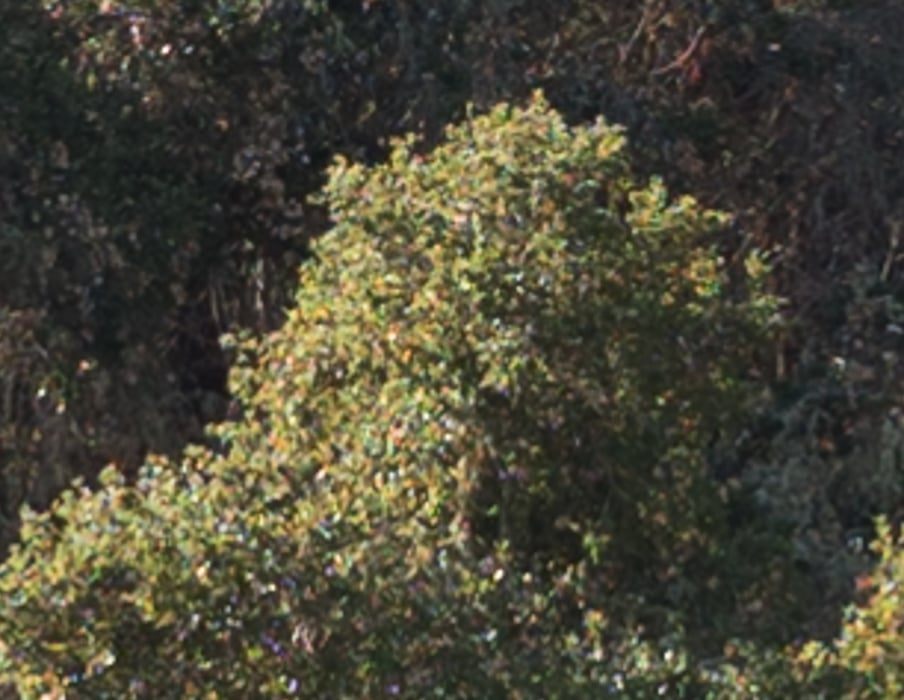
There is very little to choose between these images. The Apo-Lanthar has more contrast, and is a hair sharper. The sharpness difference is too small to make a difference in almost all photographic applications.
I’ll spare you the rest of the aperture series in the center. The small differences become even smaller as the lenses are stopped down.
In the upper right corner:
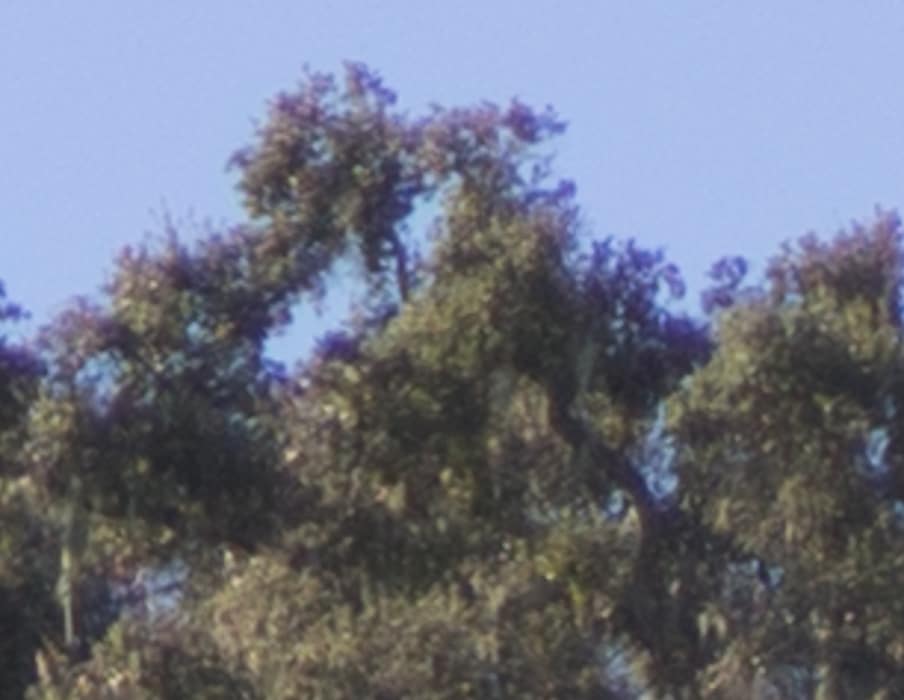


Note that we’re giving the Zony a small advantage since I didn’t reframe between images, the Zony focal length is shorter than the Voigtlander, and therefore the same object near the corner will be further off-axis for the Apo-Lanthar.
Both lenses exhibit purple fringing. I think that’s a combination of LaCA and LoCA, with the emphasis on longitudinal chromatic aberration. The Apo-Lanthar has a lot less purple than the Zony. LoCA is an area where the Zony 55 is known to fall short of excellence. The Apo-Lanthar is slightly crisper and more contrasty.
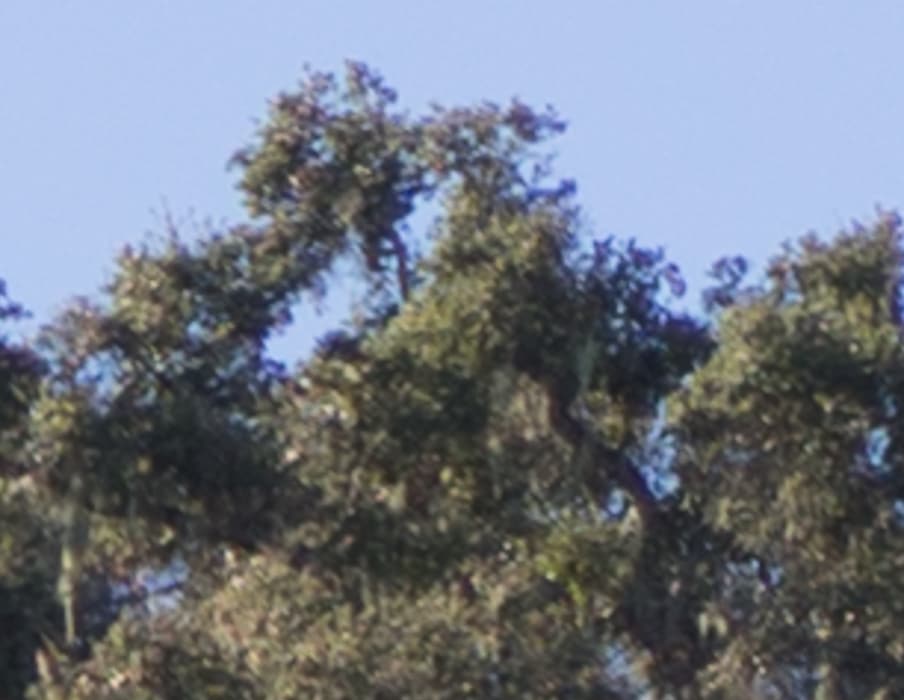
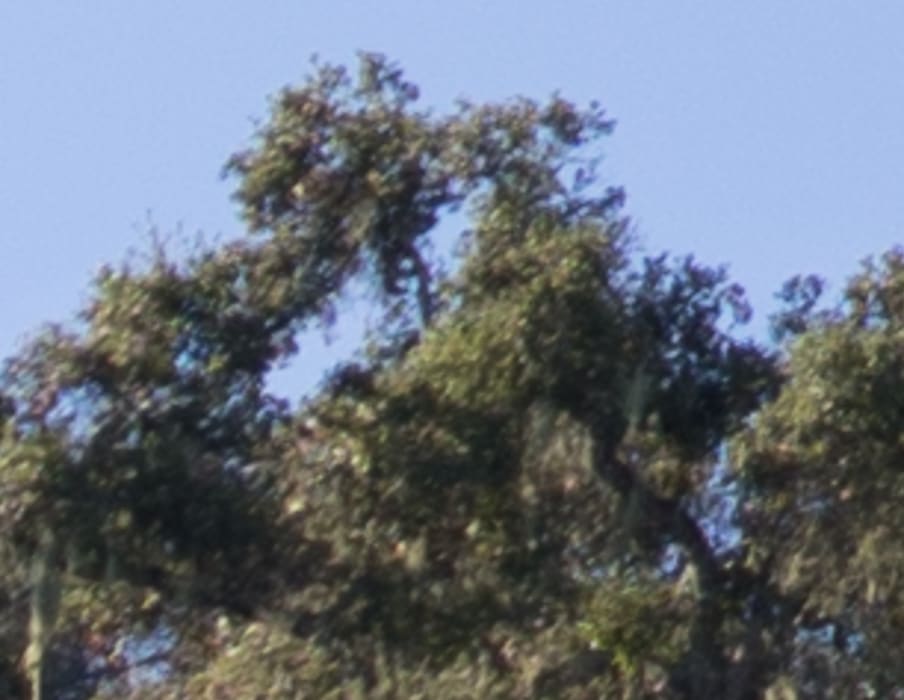
The purple has diminished. The Zony still lags there. The sharpness differences are even smaller.
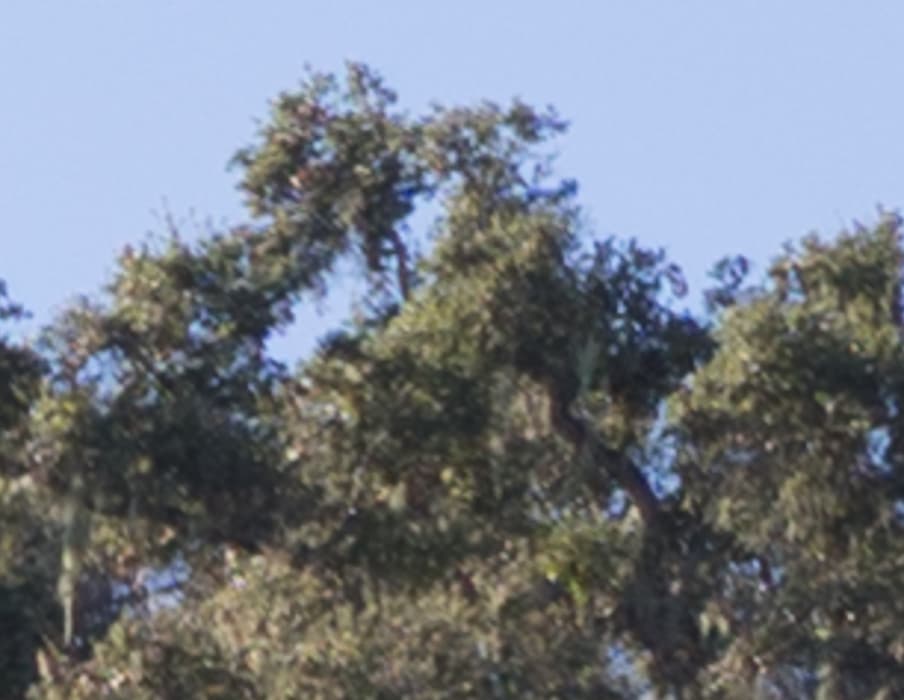

Now we’re seeing similar fringing, with the nod going to the Apo-Lanthar. It wins on sharpness, too.
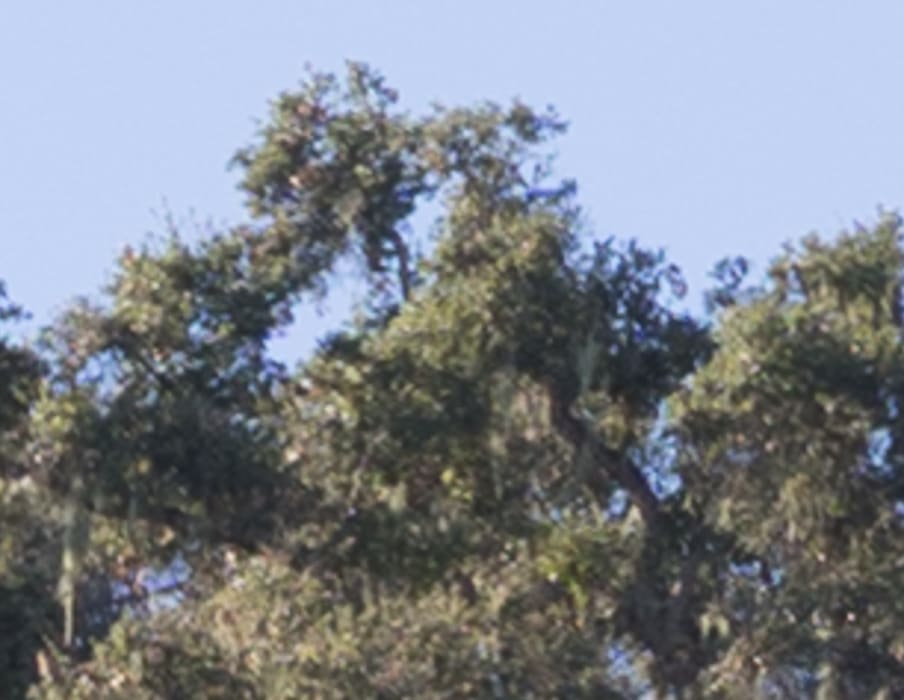
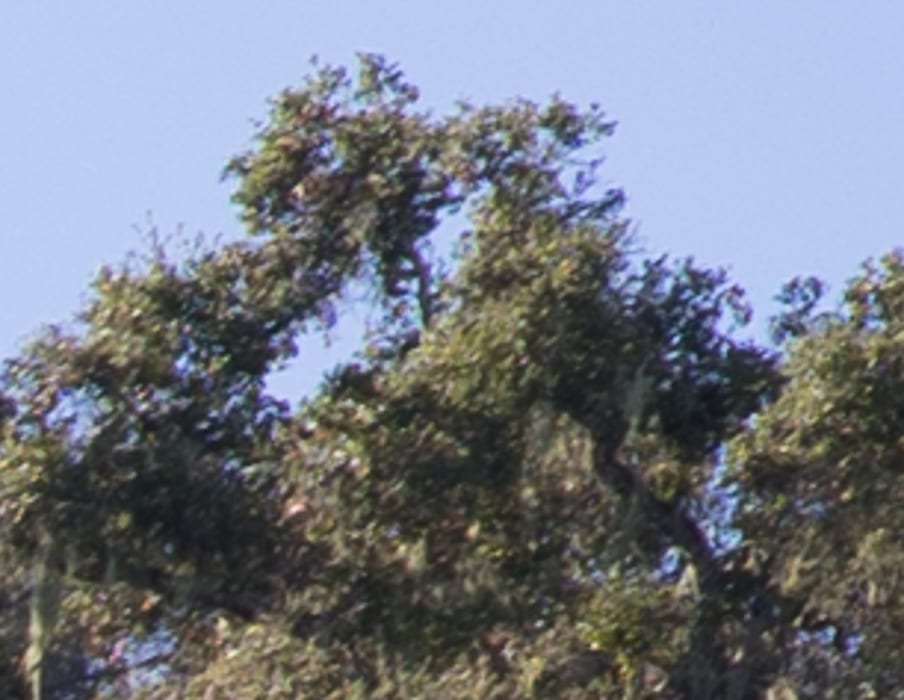
The Apo-Lanthar is stilll the winner here.
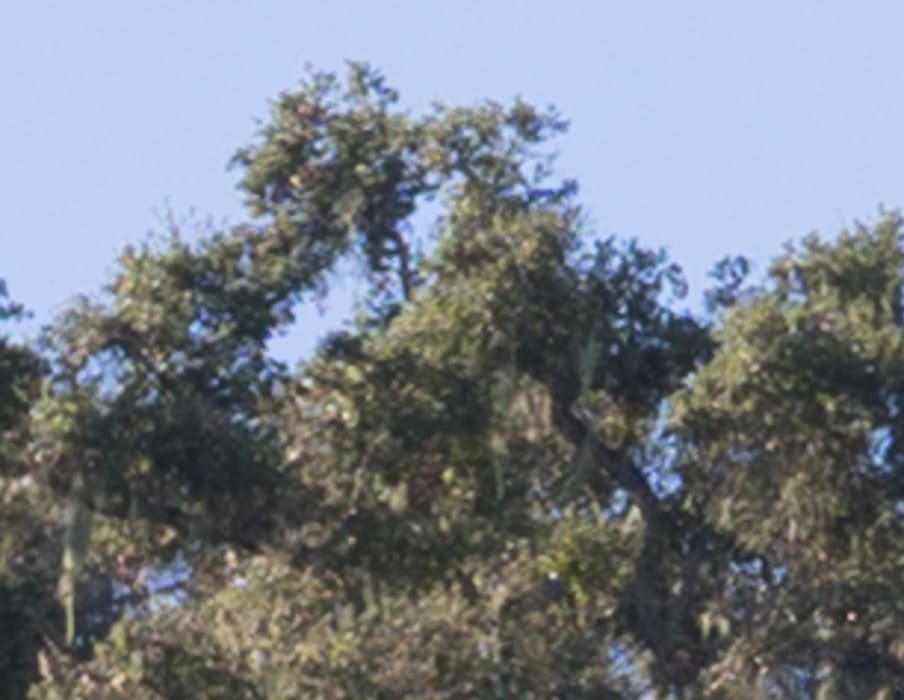
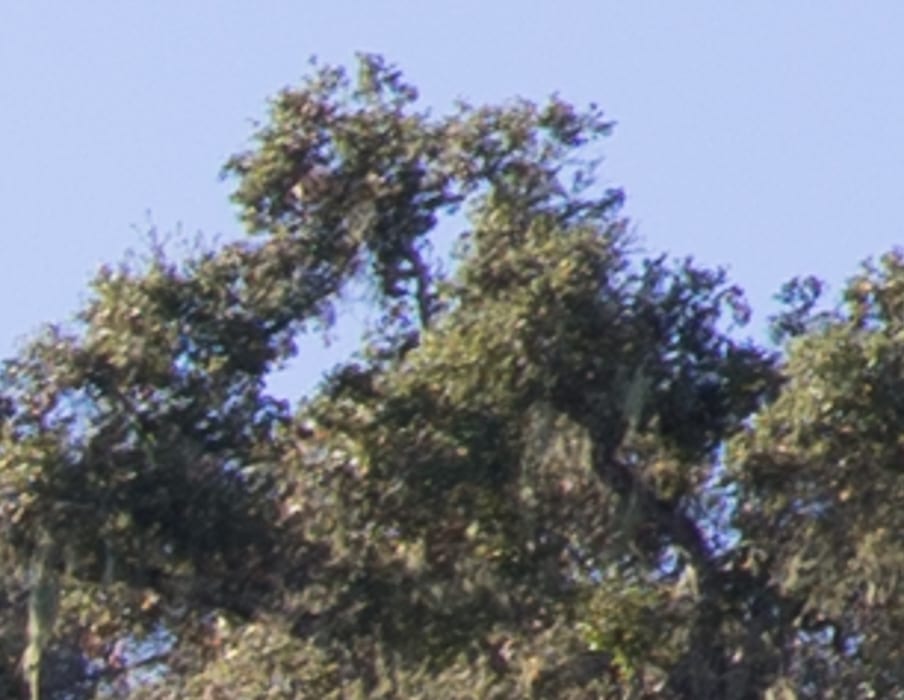
Now there’s more purple with the Voigtlander lens. It’s still a hair sharper, though.
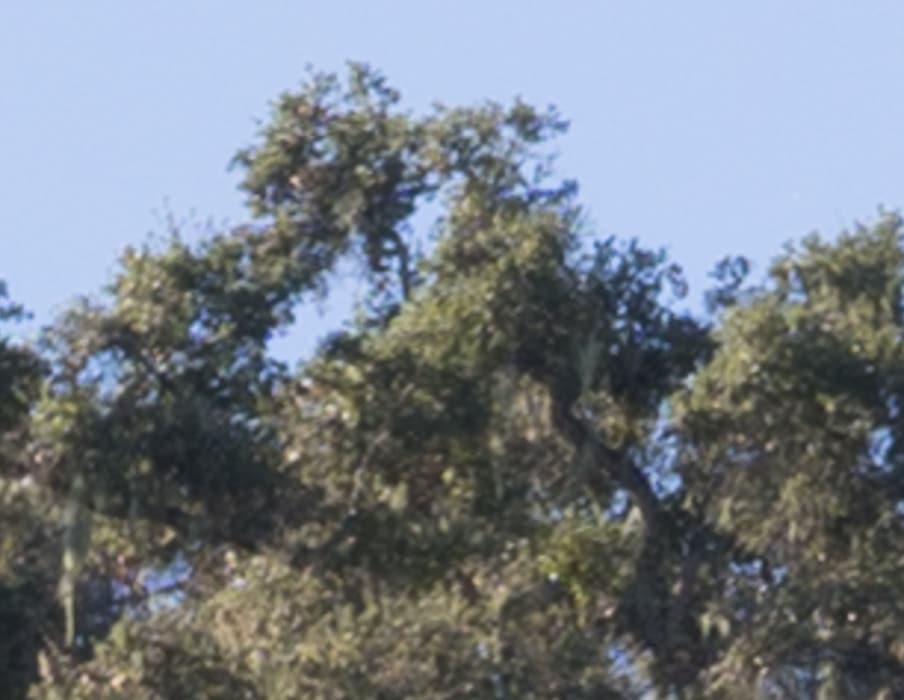
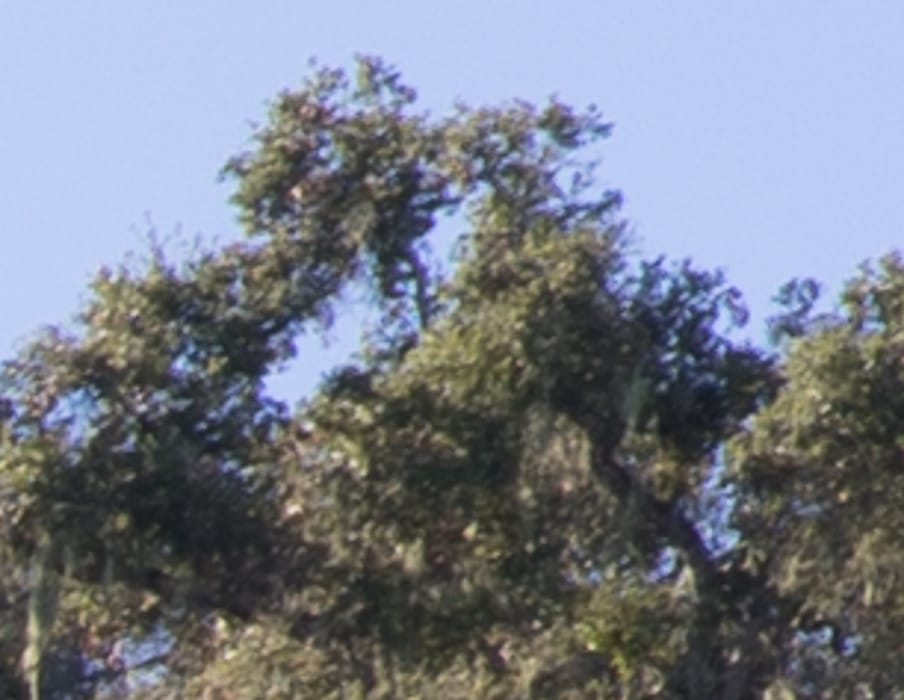
I call that a tie, but the Zony has less purple.
[…] There’s another E-mount lens that I’ve been wanting to use on my Z7, the Cosina-Voigtlander 65 mm f/2 Apo-Lanthar. I decided to do an informal test against the 50 mm f/1.8 Nikkor S native Z-mount lens. The focal lengths differ considerably, the Nikkor is an AF lens and the CV is manual, and the CV is a macro lens (that nevertheless does quite well at infinity), so you may want to take these results with a grain of thought, but I hope they are instructive. Previously, I’d done a similar test of the CV against the Zony 55, and the Zony didn’t c…. […]